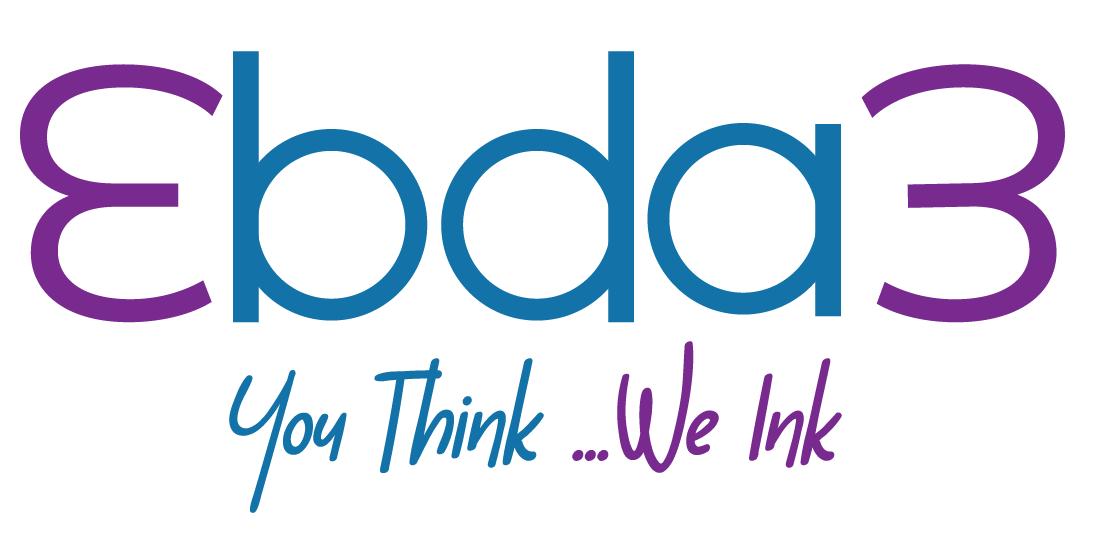Enhance Your Social Media Engagement: The Power of Interactive Content

In today’s digital landscape, standing out on social media requires more than just regular posting. To truly captivate and engage your audience, interactive content has emerged as a powerful tool. Unlike traditional posts, interactive content invites users to actively participate, creating a more immersive and engaging experience. Here’s an in-depth look at how you can leverage interactive content to boost your social media presence and foster a deeper connection with your audience.
What is Interactive Content?
Interactive content refers to any digital content that requires active engagement from its audience. Instead of passively consuming information, users are prompted to interact through clicks, swipes, or other actions. Examples include quizzes, polls, interactive infographics, augmented reality (AR) experiences, and more.
Benefits of Interactive Content
1. Enhanced Engagement: Interactive content grabs attention and keeps users engaged longer. This increased engagement can lead to higher visibility in social media algorithms, thereby reaching a larger audience.
2. Improved Retention: Users are more likely to remember information that they actively participate in. Interactive content fosters better retention of the message you’re trying to convey.
3. Valuable Insights: Through quizzes, polls, and surveys, you can gather insightful data about your audience’s preferences, behaviors, and opinions. This data can be invaluable for tailoring your marketing strategies.
4. Increased Sharing: Content that is fun and engaging is more likely to be shared. This organic sharing can significantly broaden your reach and introduce your brand to new audiences.
5. Boosts Conversion Rates: By engaging users in a meaningful way, interactive content can guide them through the buyer’s journey more effectively, leading to higher conversion rates.
Types of Interactive Content to Try
1. Quizzes and Polls
Quizzes and polls are simple yet effective ways to engage your audience. They can be used for educational purposes, entertainment, or to gather opinions. For instance, a fashion brand might create a quiz to help users determine their style, while a food company could use polls to find out which new flavor customers prefer.
2. Interactive Infographics
Infographics are already a popular content type due to their ability to present information visually. Adding interactive elements, such as clickable areas that reveal more details, can make them even more engaging. This format is particularly useful for explaining complex topics or data.
3. Contests and Giveaways
Contests and giveaways encourage participation and sharing. By asking users to complete certain actions, such as tagging friends, sharing the post, or creating content, you can increase your reach and engagement. Make sure the rules are clear and the prizes are enticing.
4. Interactive Videos
Videos are a powerful medium for storytelling. By making them interactive, you can create an immersive experience. This could include clickable elements within the video that lead to different outcomes or additional content, much like a choose-your-own-adventure story.
5. Augmented Reality (AR) Experiences
AR experiences are at the cutting edge of interactive content. They allow users to interact with digital elements in the real world through their smartphones. Brands like IKEA and Sephora use AR to let users visualize products in their own space or try on makeup virtually.
How to Create Interactive Content
Creating interactive content might seem daunting, but with the right approach and tools, it can be manageable. Here are some steps to get you started:
1. Identify Your Goals: Determine what you want to achieve with your interactive content. Are you looking to increase engagement, gather data, or drive sales?
2. Know Your Audience: Understanding your audience’s preferences and behaviors will help you create content that resonates with them.
3. Choose the Right Type: Based on your goals and audience, select the type of interactive content that will be most effective.
4. Use the Right Tools: There are many tools available for creating interactive content. Platforms like Canva, Typeform, and H5P offer user-friendly interfaces for creating everything from interactive infographics to quizzes.
5. Promote Your Content: Once your interactive content is ready, promote it across your social media channels. Use eye-catching visuals and compelling captions to draw attention.
6. Analyze the Results: Use analytics to measure the performance of your interactive content. Pay attention to engagement metrics, shares, and any data collected through interactions.
Best Practices for Interactive Content
- Keep It Simple: While interactivity can add depth to your content, it’s important to keep the user experience simple and intuitive. Avoid overwhelming users with too many options or complicated interactions.
- Be Clear and Concise: Make sure your instructions and calls to action are clear. Users should immediately understand what they need to do and what they’ll get out of it.
- Add Value: Ensure that your interactive content provides value to your audience. Whether it’s educational, entertaining, or useful, it should be worth their time.
- Mobile-Friendly: A significant portion of social media users access content through their mobile devices. Make sure your interactive content is mobile-friendly and performs well on different screen sizes.
Conclusion
Interactive content is a powerful tool in the social media marketer’s arsenal. By fostering engagement, providing value, and creating memorable experiences, it can help you build a stronger connection with your audience. Start experimenting with different types of interactive content today, and watch your social media presence flourish.
Whether you’re a small business owner, a marketer, or a content creator, incorporating interactive content into your strategy can set you apart in a crowded digital space. So, dive in and make your social media posts more interactive, engaging, and successful.





